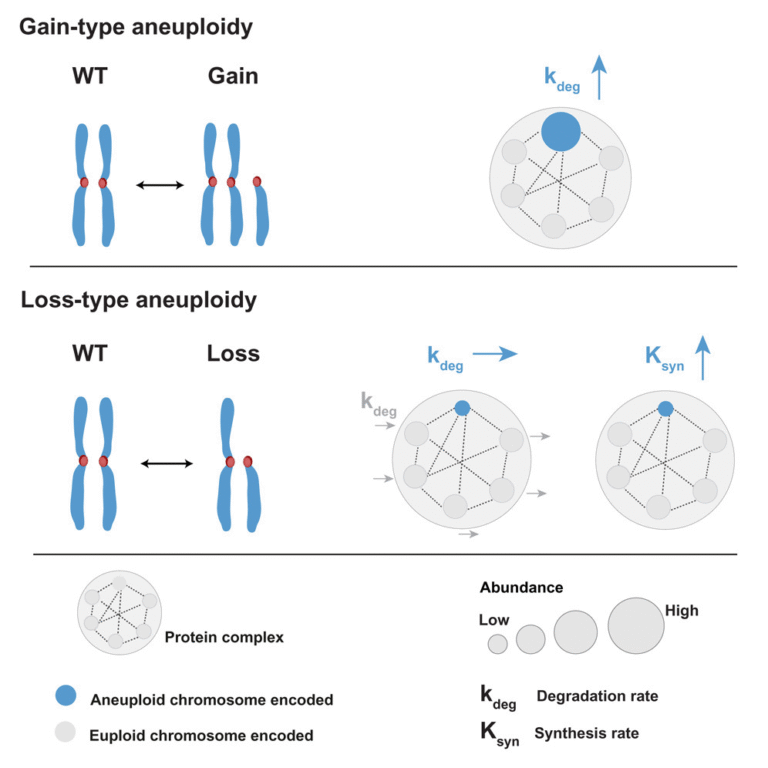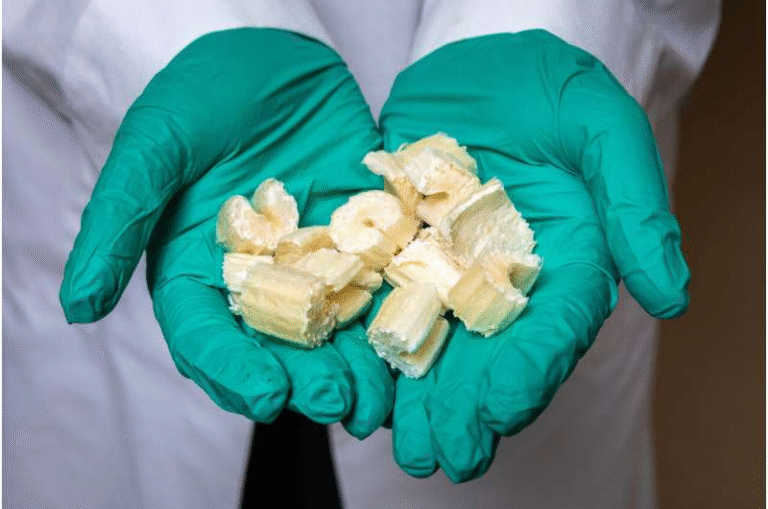Penn State Researchers Find Amino Acid Levels Hold the Key to Consistent Chicken Feed Quality

In a new study that could change how the poultry industry monitors feed quality, researchers from Penn State University have discovered that one simple indicator — amino acid density — can reveal whether nutrients in chicken feed are being evenly distributed. The finding could help farmers ensure every chicken in large poultry houses gets the same balanced diet, improving growth, health, and processing yields.
When you walk through a commercial poultry house, which can hold 25,000 to 40,000 broiler chickens, feed is delivered along long mechanized feed lines stretching from the front of the house to the back. These lines move feed from storage silos into feeding pans automatically. But researchers noticed that feed at the front and back of the line didn’t always look the same. The feed toward the end often contained more broken pellets, fine particles, or dust, suggesting that nutrients might not be distributed evenly. That unevenness, called nutrient segregation, could mean that birds at different points in the house are getting different diets — and that’s a real problem when uniform growth is the goal.
Understanding the Problem of Nutrient Segregation
Feed is carefully formulated for broiler chickens to make them grow quickly, efficiently, and healthily. Every ingredient, from protein sources to enzymes, is measured with precision to meet the birds’ nutritional needs. But once that feed enters the delivery system, physical changes — like pellets breaking apart — can separate nutrients. Heavier or finer particles might settle in one part of the feed line, changing the nutrient balance of what the birds actually consume.
The Penn State researchers, led by John Boney, the Vernon E. Norris Faculty Fellow of Poultry Nutrition, wanted to understand how big this problem really is and whether any markers could help measure it. They focused on two potential indicators in chicken feed: amino acid density (the amount of essential amino acids, which are protein building blocks) and phytase activity (an enzyme that helps chickens absorb phosphorus from plant material).
Their question was simple but important: if feed at different points in a house varies in these two nutrient areas, how much does that affect chicken performance — things like growth rate, feed efficiency, breast meat yield, and bone strength?
The Experiment and Its Design
To answer that, the team designed a controlled feeding experiment with young commercial Ross 308 male broiler chickens. The study ran for just over two weeks, with birds divided into groups and fed different diets.
The diets were built around two key variables:
- Amino Acid Density (AAD) at two levels — 95% and 105% of the recommended formulation.
- Phytase Activity (PhyAct) at three levels — 250, 500, and 750 FTU per kilogram of feed.
That created six different diet combinations. Importantly, the phytase enzyme was removed at the feed mill and added back later, allowing precise control over how much enzyme each group received. The researchers then measured the chickens’ body weights, feed conversion ratios (FCR), processing yields like breast meat percentage, and bone mineralization at the end of the study.
What the Results Showed
When the data came in, the pattern was clear. Birds fed the higher amino acid density diet (105%) consistently outperformed those on the lower-density feed (95%). They gained more weight, converted feed into body mass more efficiently, and produced more breast meat. On average, birds on the higher AAD diet gained about 121 grams more body weight, had a feed conversion ratio improved by 0.077, and showed about a 1% higher breast meat yield. These might sound like small differences, but across thousands of birds, they translate into major production gains.
On the other hand, phytase activity — even when tripled from 250 to 750 FTU/kg — did not significantly affect bird performance. The enzyme levels didn’t change body weight, feed efficiency, or bone health. And when the researchers looked for interactions between amino acid density and phytase activity, they found none. The effects of amino acid density were independent of the enzyme.
This means amino acid density alone is a reliable marker for nutrient segregation, while phytase activity is not. In simple terms, if the amino acid concentration in feed samples varies across different feeding points, that’s a good sign the feed isn’t evenly mixed or distributed — and that chickens at one end of the house might be getting less nutrition than those at the other.
Why This Matters for Poultry Farmers
Uniformity is a cornerstone of efficient poultry production. A flock that grows evenly makes processing more predictable, reduces waste, and helps producers meet exact order sizes. Variations in nutrient delivery cause inconsistent growth, uneven carcass sizes, and sometimes health problems.
By identifying amino acid density as a practical on-farm marker for nutrient segregation, the Penn State team has given poultry producers a tool they can use to assess and troubleshoot feed distribution. If amino acid levels are consistent from the front to the back of the feed line, chances are the feed system is doing its job. If not, it might be time to check feed handling equipment, pellet quality, or even the design of the feed line itself.
Monitoring phytase activity, on the other hand, won’t tell farmers much about how nutrients are spreading out, at least under the conditions tested in this study.
The Science Behind Amino Acids and Phytase
For those new to poultry nutrition, amino acids are the building blocks of protein — vital for muscle growth, tissue repair, and overall metabolism. Chickens can’t synthesize all of them internally, so essential amino acids like lysine, methionine, and threonine must be supplied through feed. When the balance of amino acids is off, chickens can’t build protein efficiently, and growth slows down even if total feed intake remains the same.
Phytase, meanwhile, is an enzyme that helps birds digest phytate, a form of phosphorus found in plants. Without phytase, chickens can’t access much of the phosphorus in their feed, which is critical for bone development. Modern poultry diets almost always include phytase to boost phosphorus availability and reduce the need for inorganic phosphorus supplements. But this study shows that small differences in phytase activity — at least within the tested range — don’t have a measurable impact on performance compared to amino acid variation.
Broader Implications and Future Directions
This research points to a broader issue in modern poultry production: as farms scale up and automation increases, feed consistency becomes even more critical. Machines make feeding more efficient, but they can also hide subtle problems. A batch of feed that looks fine in one pan might have a completely different nutrient profile in another — especially when feed travels through long lines or when pellet quality varies.
Monitoring feed quality on-farm is often limited to visual checks — whether pellets look intact, whether there’s too much dust, and whether birds are eating normally. But measuring amino acid density adds a scientific layer to that assessment. It allows producers to detect invisible nutritional inconsistencies before they translate into production losses.
For future research, it would be valuable to test these findings in commercial-scale houses under real-world conditions. The controlled environment of an experiment can’t always capture every variable — temperature gradients, moisture, bird movement, or subtle equipment wear could all influence nutrient segregation. Still, this study provides a solid foundation for improving feed uniformity across the industry.
Takeaway for Producers and Nutritionists
For poultry nutritionists and producers, the message is straightforward:
- Focus on maintaining amino acid consistency throughout your feed line.
- Check pellet quality — broken pellets lead to segregation.
- Keep feed lines maintained to ensure even delivery.
- Don’t rely solely on enzyme activity as a sign of nutrient distribution.
As the poultry industry continues to grow and technology becomes more advanced, keeping an eye on the basics — like how evenly nutrients are spread — remains one of the best ways to keep flocks healthy and productive.





